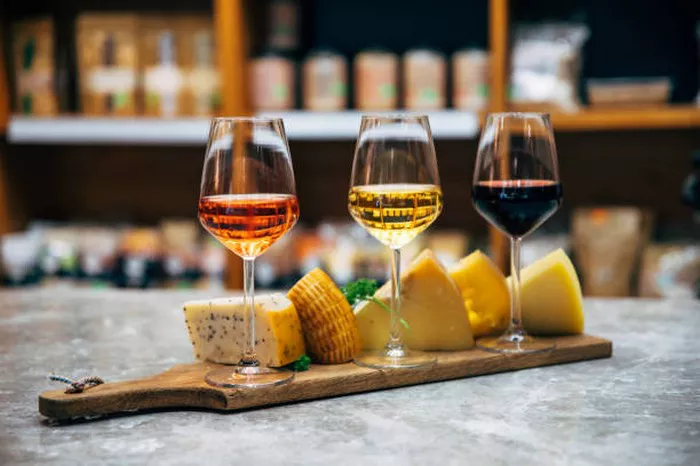Champagne, known for its effervescence and association with celebration, is a sparkling wine with a rich history and a unique production process. While it is often enjoyed during special occasions, have you ever wondered how champagne is made from start to finish? In this article, we’ll take you through the fascinating journey of crafting champagne, from the vineyards to your glass, shedding light on the traditional methods and techniques that make it a symbol of luxury and festivity.
1. Selecting the Grapes
The journey of making champagne begins with selecting the right grape varieties. Champagne is primarily made from three grape types:
Chardonnay: Known for its elegance and crisp acidity.
Pinot Noir: Adds body and structure to the wine.
Pinot Meunier: Imparts fruitiness and roundness.
Champagne producers carefully choose the proportions of these grape varieties to create a unique blend for their champagne.
2. Harvesting the Grapes
The grapes are harvested when they have reached optimal ripeness. This typically occurs in the early autumn months. Harvesting is done by hand to ensure only the best grapes are selected.
3. Pressing the Grapes
The harvested grapes are gently pressed to extract the juice. What makes champagne production distinctive is the separation of the juice from the skins and seeds early in the process, resulting in a clear juice called “cuvee.”
4. Fermentation
The cuvee undergoes primary fermentation in stainless steel tanks. Yeast is added to the juice to convert the sugars into alcohol. This creates a still wine with low alcohol content.
5. Blending and Secondary Fermentation
After fermentation, the individual still wines from different grape varieties and vineyards are blended to create the base wine. This step is crucial in achieving the desired flavor and style.
The base wine is then bottled with a mixture of yeast and sugar, known as the “liqueur de tirage.” This triggers a second fermentation in the bottle, during which carbon dioxide is trapped, creating the bubbles in champagne.
6. Aging on Lees
Champagne is aged on the lees, which are the dead yeast cells left over from the second fermentation. This aging process imparts complex flavors and aromas to the wine. The length of time the champagne spends on the lees varies by style and brand.
7. Riddling
To remove the yeast sediment from the bottle, the bottles are placed on special racks and gradually tilted upside down. This process, known as riddling or “remuage,” allows the sediment to collect in the neck of the bottle.
8. Disgorgement
After riddling, the neck of the bottle is frozen to trap the sediment in a plug of ice. The bottle cap is removed, and the pressure in the bottle ejects the frozen sediment, leaving the champagne clear.
9. Dosage
A small amount of wine and sugar, known as the “dosage,” is added to adjust the sweetness level of the champagne. The amount of sugar added determines whether the champagne is brut (dry) or sweeter.
10. Corking and Aging
The final step involves corking the bottle with a champagne cork and wire cage. The bottles are then aged for several more months or years, allowing the flavors to mature.
Conclusion
In conclusion, the process of making champagne is a meticulously controlled and time-intensive journey, from grape selection to aging in cellars. The result is a sparkling wine known for its elegance, complexity, and effervescence, making it a beloved choice for celebrations around the world. The next time you raise a glass of champagne, you can appreciate the centuries-old craftsmanship that goes into creating this symbol of luxury and festivity.


